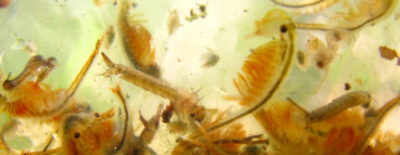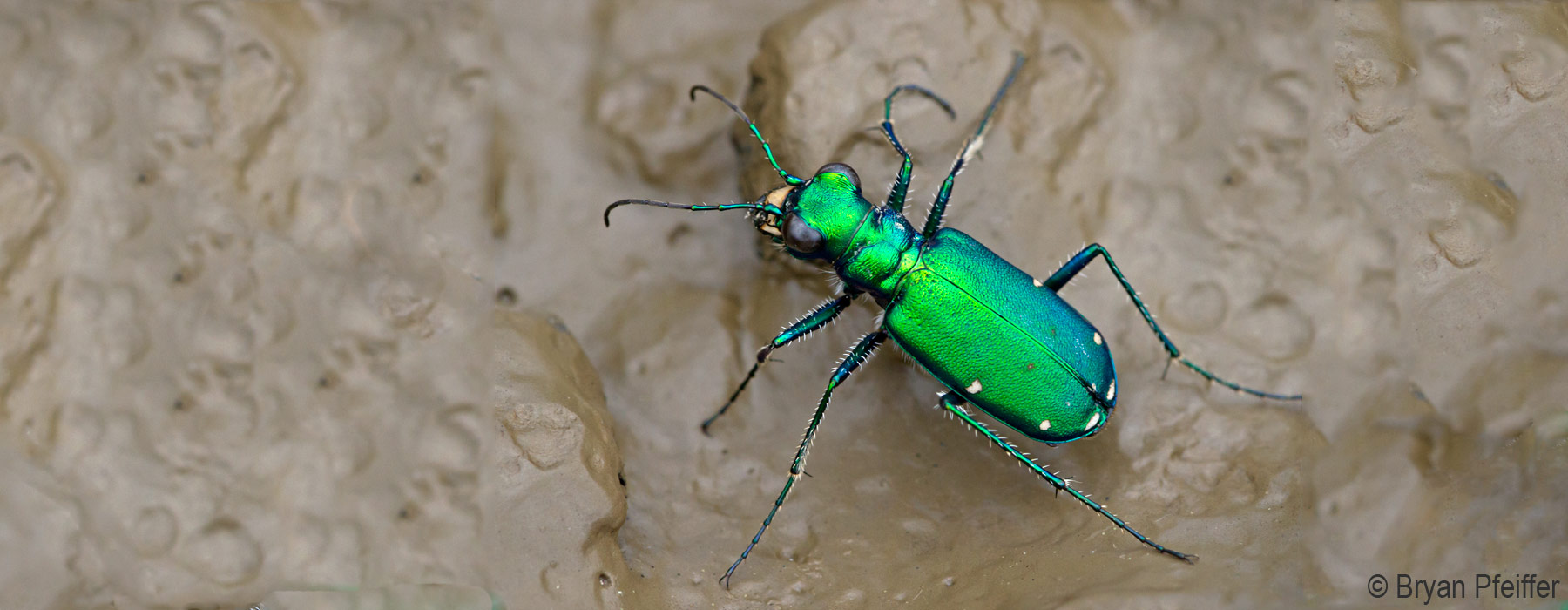Invertebrates are among the most diverse groups of animals on the planet. More than 1.4 million different species of invertebrates have been identified, but some experts believe that there may be as many as 5.3 million invertebrate species in the world that have yet to be discovered and identified. There are likely hundreds, perhaps thousands, of species right out your back door.
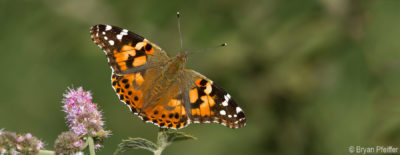
Butterflies
We've worked with butterflies from the summit of Mount Washington to the shores of Lake Champlain with the help of hundreds of citizen naturalists. Discover some of these species and consider joining us on our e-Butterfly project and share your observations. Read more »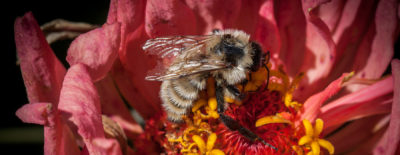
Bumble Bees
More than one-quarter of the bumble bee species in northeastern North America have either vanished or are in serious decline. Wild bees pollinate wildflowers and most crops in the Northeast, including blueberries, tomatoes, squash and apples. Harmful parasites accidentally imported from Europe and a class of pesticides toxic to bees most likely account for the bumble bee declines. Learn more about the bumble bees we're most concerned about and how you can help restore our pollinators. Read more »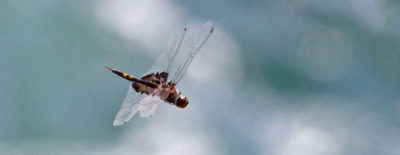
Dragonflies
Pick any scene from the drama of life on earth: birth, growth, courtship, migration, subterfuge, betrayal, murder. Find them all expressed in the lives of dragonflies. Shakespeare could write the script on these predators. Read more »